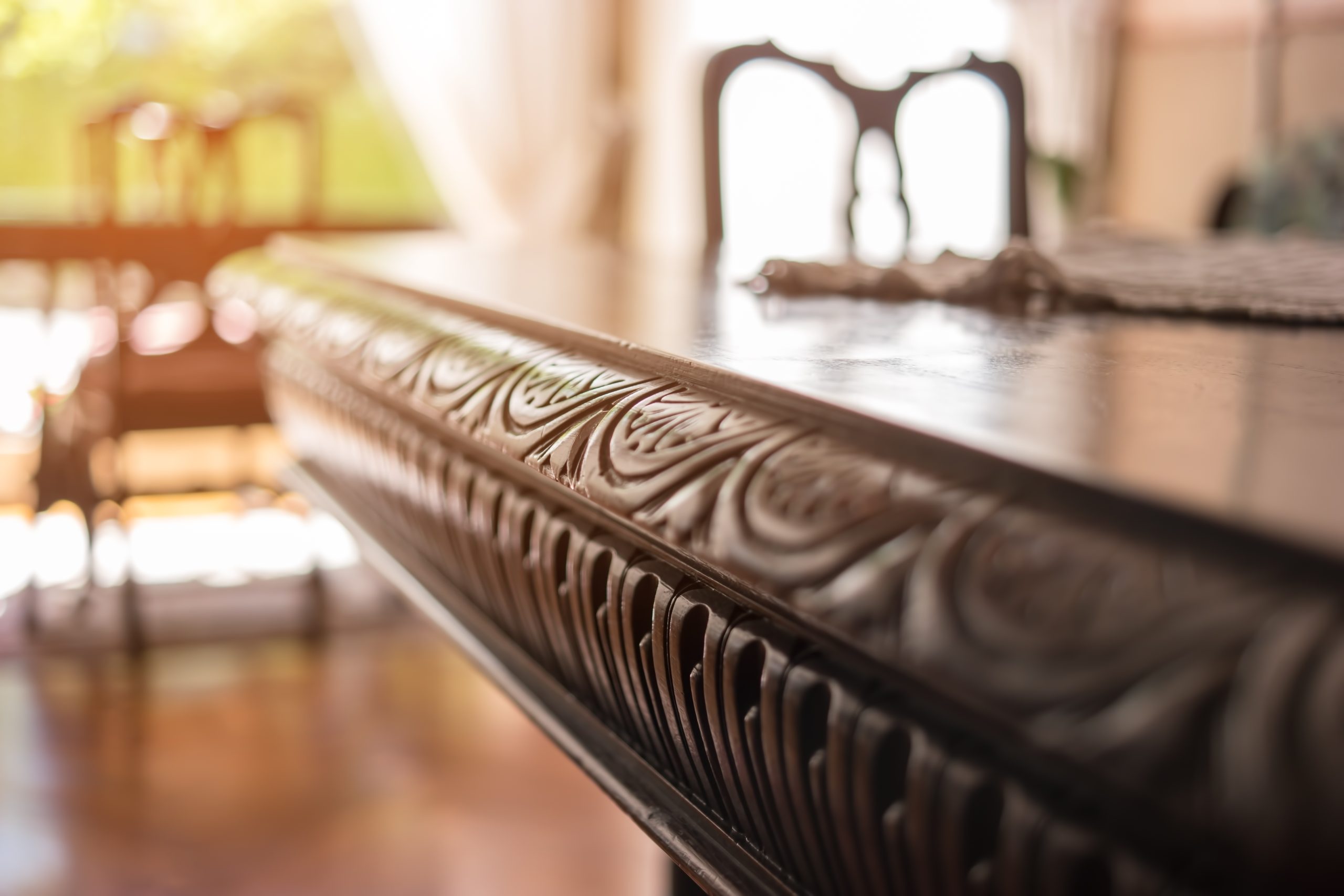Investing in furniture can be a significant decision, and choosing the right material is crucial for both the aesthetics and longevity of your pieces. Oak furniture, known for its durability and timeless appeal, is often considered a premium choice. But is oak furniture truly worth the investment? Let’s explore the key factors that make oak furniture a valuable addition to any home.
Durability and Longevity
One of the primary reasons oak furniture is highly valued is its exceptional durability. Oak is a hardwood, meaning it is denser and more robust than softwoods like pine or fir. This density makes oak furniture resistant to dents, scratches, and general wear and tear. With proper care, oak furniture can last for decades, often becoming heirloom pieces passed down through generations. The longevity of oak furniture means that while the initial cost may be higher, the need for replacement or repair is significantly reduced, making it a cost-effective choice in the long run.
Timeless Aesthetic Appeal
Oak furniture has a classic, timeless look that never goes out of style. Its natural grain patterns and rich colors add warmth and elegance to any room. Whether your home decor is traditional, rustic, or modern, oak furniture can complement and enhance the aesthetic. The versatility of oak allows it to fit seamlessly into various design styles, making it a flexible choice for any homeowner.
Low Maintenance
Oak furniture requires relatively low maintenance compared to other materials. Regular dusting and occasional polishing are usually sufficient to keep it looking its best. Additionally, oak’s natural resistance to moisture and pests makes it a practical choice for various environments. Its sturdiness means it can withstand the rigors of daily use without losing its charm.
Environmentally Sustainability
For environmentally conscious consumers, oak furniture is often a preferable option. Oak trees grow slowly, resulting in dense, durable wood. Many manufacturers source oak from sustainably managed forests, ensuring that the environmental impact is minimized. Additionally, the long lifespan of oak furniture means fewer pieces are discarded and replaced, reducing waste over time.
Cost Considerations
While oak furniture tends to be more expensive upfront than furniture made from cheaper materials, the long-term benefits can outweigh the initial investment. The durability and timeless appeal of oak mean that these pieces do not need to be replaced frequently. Moreover, well-maintained oak furniture can retain its value and even appreciate over time, especially if it becomes an antique.
Versatility
Oak furniture comes in various styles, finishes, and designs, making it suitable for any room in the house. From dining tables and chairs to bedroom sets and cabinetry, oak’s versatility ensures that there is a piece to fit every need and preference. The ability to stain or paint oak further enhances its adaptability, allowing homeowners to customize their furniture to match their decor.
Resale Value
High-quality oak furniture often retains its value better than other types of furniture. If you decide to sell your oak pieces in the future, you can expect a good return on your investment, especially if the furniture has been well-maintained. This resale value is an added financial benefit that makes oak furniture a smart choice.
Conclusion
Investing in oak furniture is undoubtedly worth it for those seeking durability, timeless style, and long-term value. While the initial cost may be higher compared to other materials, the benefits of oak, including its longevity, low maintenance, and environmental sustainability, make it a wise investment. Oak furniture not only enhances the beauty of your home but also stands the test of time, providing value for years to come. Whether you are furnishing a new home or looking to upgrade your existing decor, oak furniture is a choice that combines elegance, practicality, and enduring appeal.

